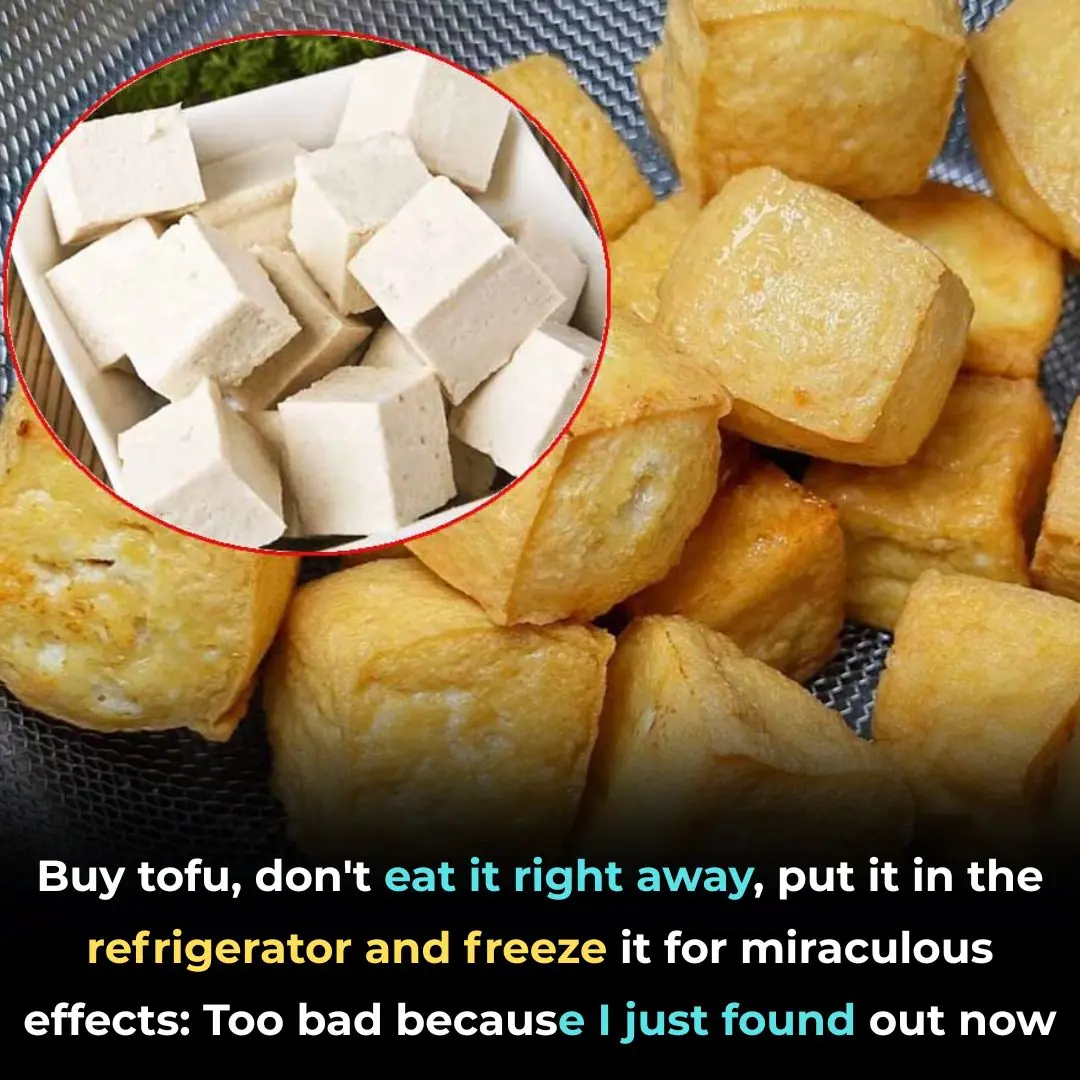
Tips for choosing clean, natural vegetables without worrying about harmful chemicals

How to Choose and Prepare Safe, Chemical-Free Vegetables
To ensure you’re choosing vegetables that are safe and free from harmful chemicals, you can rely on several simple yet effective criteria. These visual and sensory cues can help you distinguish between clean, organic produce and those grown with excessive fertilizers or pesticides.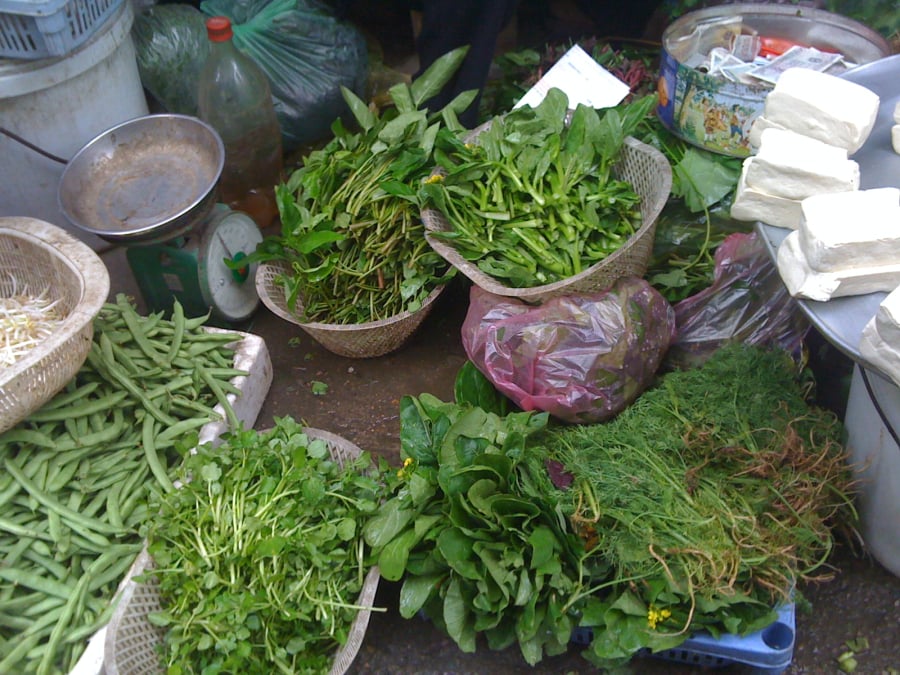
1. Differentiate by Color
Organic or naturally grown vegetables usually have a light green to slightly yellowish hue. This color tone reflects the plant’s natural growth process without excessive use of nitrogen fertilizers.
If you come across vegetables that are unnaturally dark green or glossy, they might contain high nitrate levels, which are potentially harmful when consumed in large amounts. The overly vibrant color can be a sign that the plant absorbed too much chemical fertilizer or growth stimulant.
2. Examine the Shape and Texture
Clean vegetables tend to have crisp stems, small leaves, and a firm yet non-glossy texture. In contrast, vegetables that look wilted, have abnormally large leaves, or appear unnaturally shiny may have been treated with chemicals that accelerate growth.
For example, water spinach grown in polluted or wastewater-rich areas—especially those containing heavy metals or harmful microorganisms—often have thicker stems, larger leaves, and unnaturally dark green coloration.
Another telltale sign of naturally grown vegetables is the presence of tiny bite marks or small holes on the leaves, indicating that the plant grew without heavy pesticide use.
3. Check How Long It Stays Fresh
A helpful way to identify safe vegetables is by observing how long they remain fresh during storage. Clean, organic vegetables typically stay crisp and fresh longer when kept in cool conditions. In contrast, chemically treated vegetables may rot, wilt, or become slimy within just 2–3 days due to their artificially enhanced growth and moisture content.
4. Consider the Taste and Aroma
Vegetables grown organically have a naturally sweet, crisp, and aromatic flavor. When stir-fried, they retain their freshness and pleasant scent. On the other hand, vegetables contaminated with chemicals tend to taste flat or bitter, lose their aroma when cooked, and may even feel rubbery or tough.
For the best nutritional value and safety, it’s also recommended to eat vegetables that are in season. Off-season produce is often heavily sprayed with growth stimulants and pesticides to meet market demand and ensure quick harvests.
Proper Cleaning and Preparation for Safe Consumption
Fresh vegetables are an essential part of every meal, providing vital nutrients and fiber. However, with the increasing prevalence of contaminated produce, finding truly clean and safe vegetables has become a growing challenge in many households.
Statistics show that out of nearly 5,000 cases of food poisoning reported annually, a significant portion is caused by consuming vegetables and tubers that contain chemical residues such as pesticides, growth enhancers, or preservatives. Mild exposure may lead to short-term poisoning symptoms, while severe or repeated exposure can cause respiratory problems, organ damage, or even cancer.
Recognizing contaminated produce through visual and sensory inspection is therefore crucial—it acts as the first “filter” before any food enters your kitchen.
General Guidelines
-
Always buy vegetables in season to reduce the risk of chemical contamination.
-
Avoid purchasing vegetables that appear bruised, wilted, or excessively shiny.
-
Stay away from produce with fine white powder or sticky residue on the surface.
-
If you detect an unusual or chemical-like smell after boiling, discard the vegetables immediately, as they may contain high levels of pesticide residue.
Expert-Recommended Ways to Wash Vegetables Safely
-
Rinse Thoroughly Under Running Water
Place vegetables under a gentle stream of clean water to remove dirt, bacteria, and residual chemicals. For leafy vegetables like lettuce or mustard greens, separate the leaves and wash thoroughly, paying attention to folds or crevices where sand and insects may hide. -
Soak in Salt Water or Vinegar Solution
Soaking vegetables in a light saltwater or vinegar solution for 5–10 minutes before cooking can help eliminate some bacteria and chemical residues from the surface. However, avoid soaking for too long, as it may reduce the vegetable’s natural nutrients and crispness. -
Watch for Suds or Bubbles While Washing
If you notice excessive foam or bubbles forming while washing, the vegetables might have been contaminated with dishwashing liquid or cleaning agents during handling—such produce should not be consumed. -
Blanch or Cook Properly
When possible, lightly blanch vegetables in boiling water before cooking. This step helps reduce chemical residues while preserving their flavor and color.
Final Thoughts
Maintaining a safe, healthy diet starts with being an informed consumer. By learning to recognize clean produce and adopting proper washing methods, you can protect your family’s health and enjoy the natural flavors of vegetables as they were meant to be—fresh, crisp, and chemical-free.
Choosing clean vegetables may require extra effort, but the reward is peace of mind and long-term well-being for your loved ones.
News in the same category


Pour This Liquid Into the Drain – The Unpleasant Odor in Your Bathroom Will Quickly Disappear
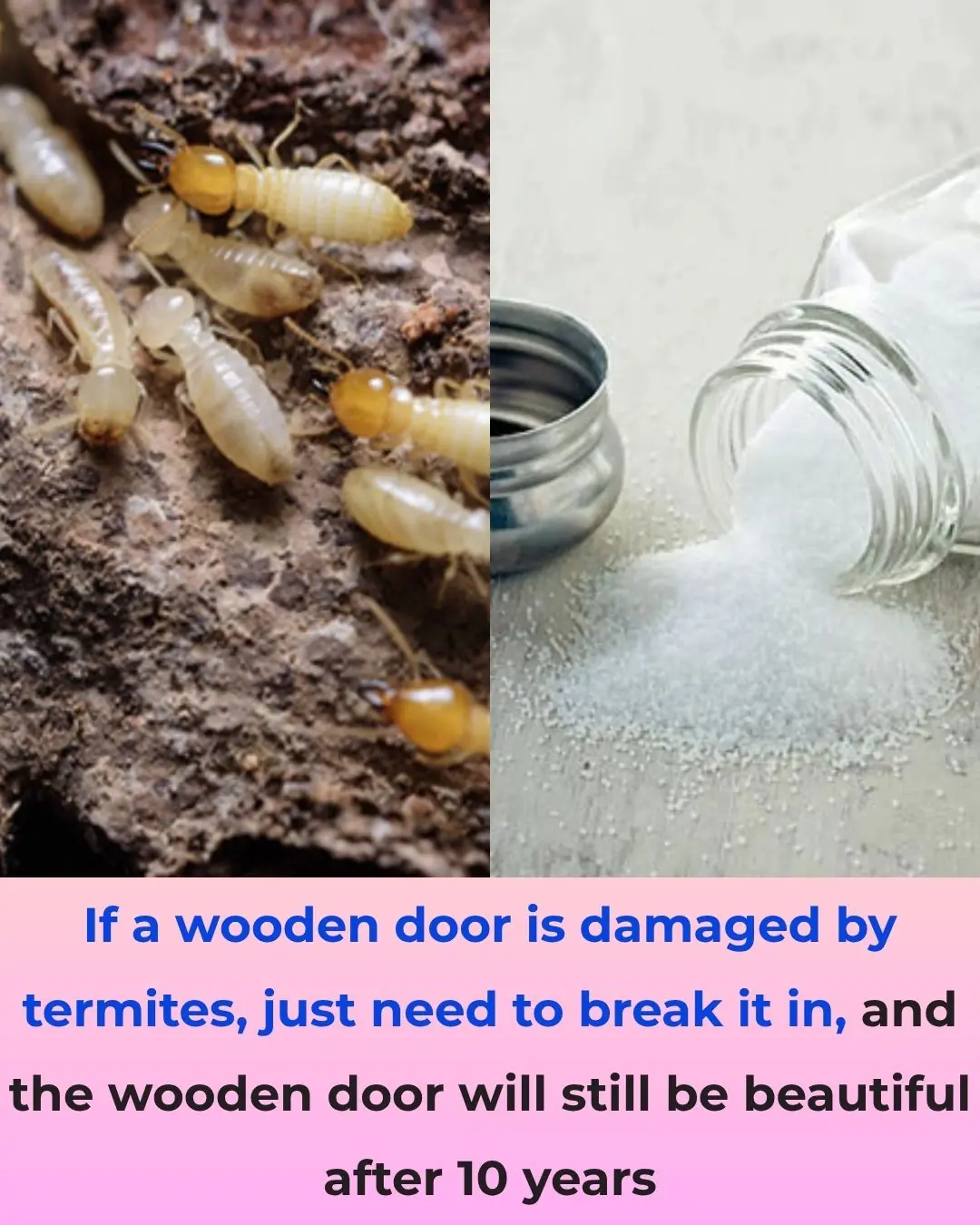
Get Rid of Termites in Wooden Doors Easily – Keep Your Wood Beautiful for 10 Years

What you see reveals your personality

You’re doing it all wrong. Here’s the right way to store knives

You’re doing it all wrong. Here’s the right way to unclog your drain

10 cooking cleanup habits you’re doing wrong

Genius!

Need some assistance here
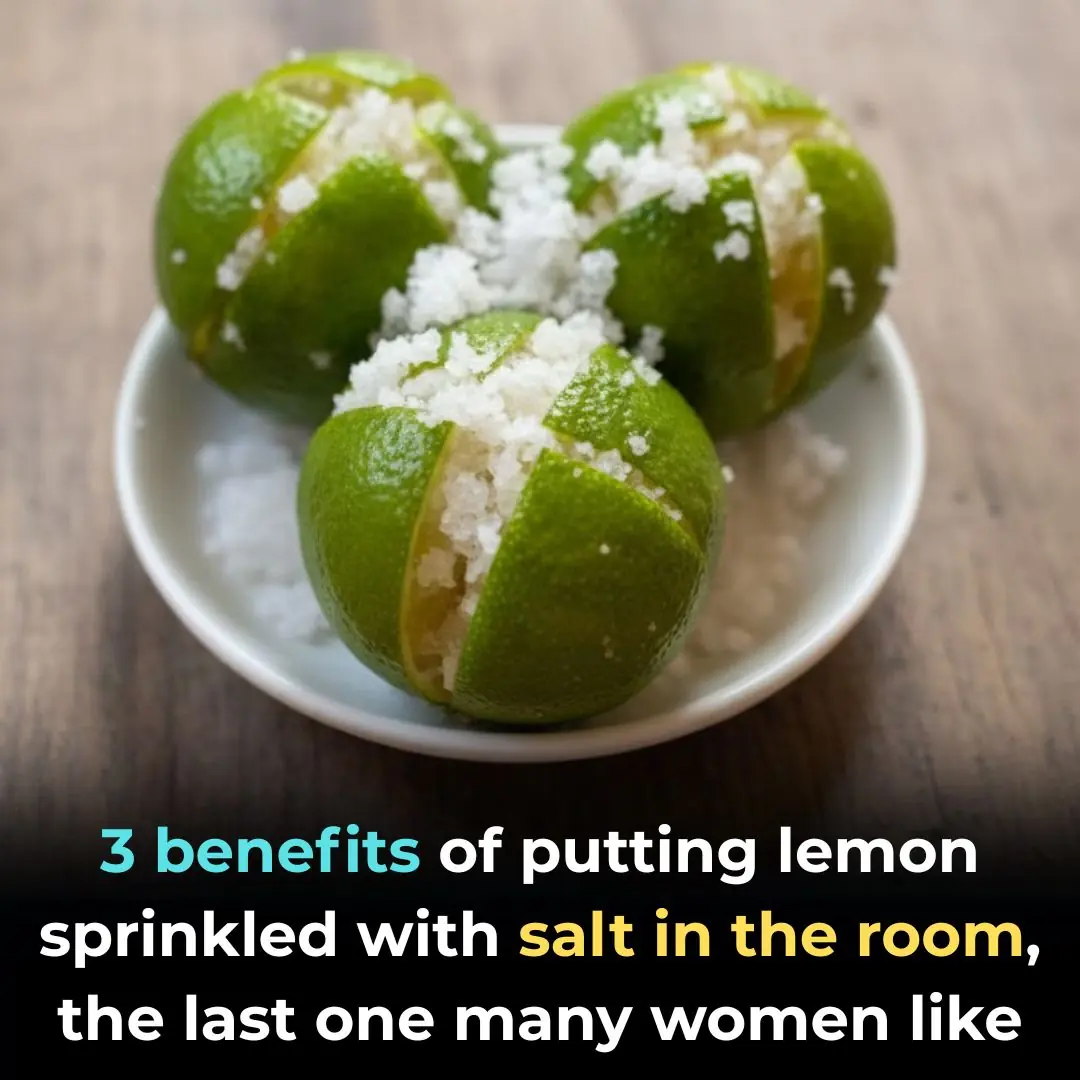
3 benefits of putting lemon sprinkled with salt in the room, the last one many women like
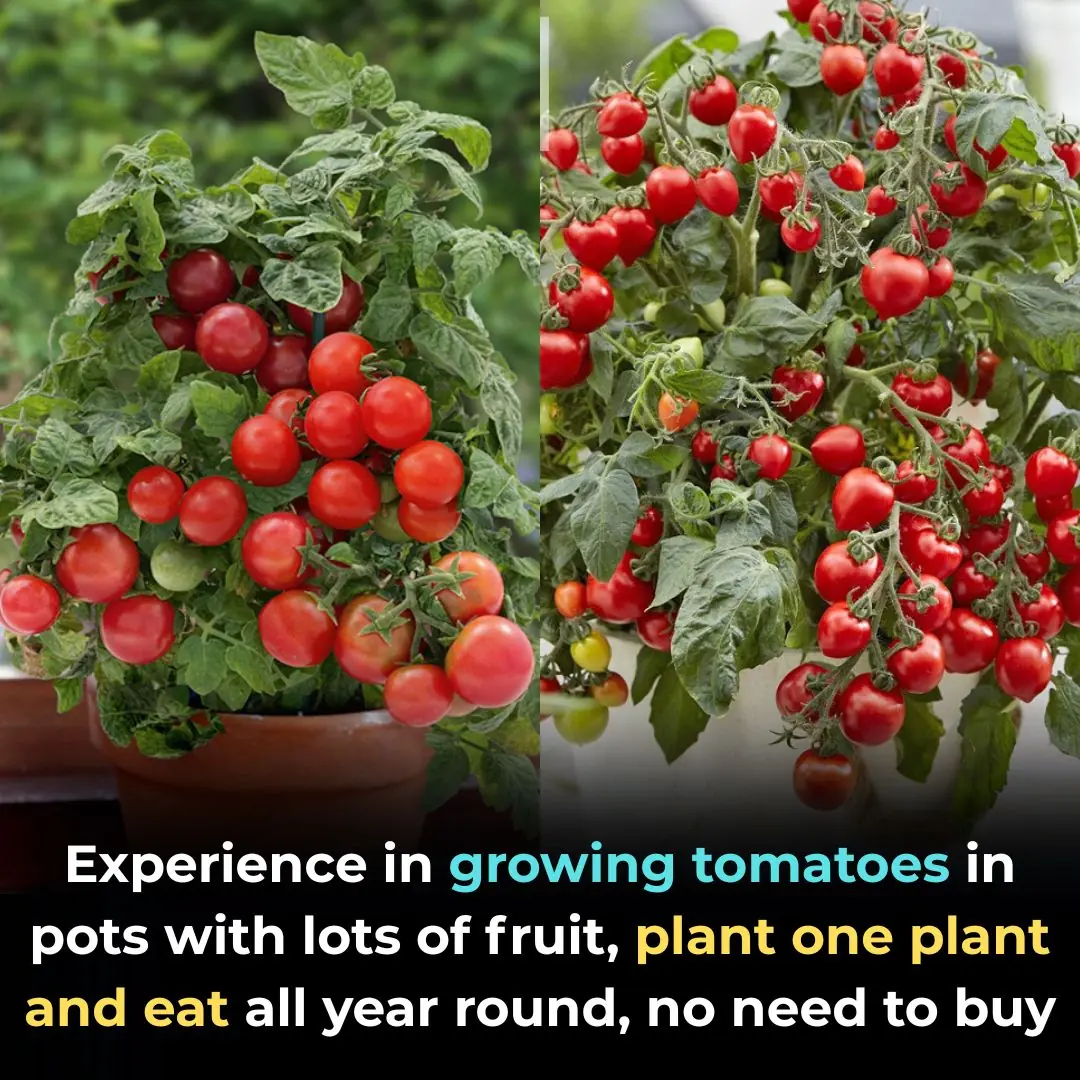
Experience in growing tomatoes in pots with lots of fruit, plant one plant and eat all year round, no need to buy

After boiling the chicken, do this step: The chicken will have golden brown, crispy skin, and will be delicious to eat.
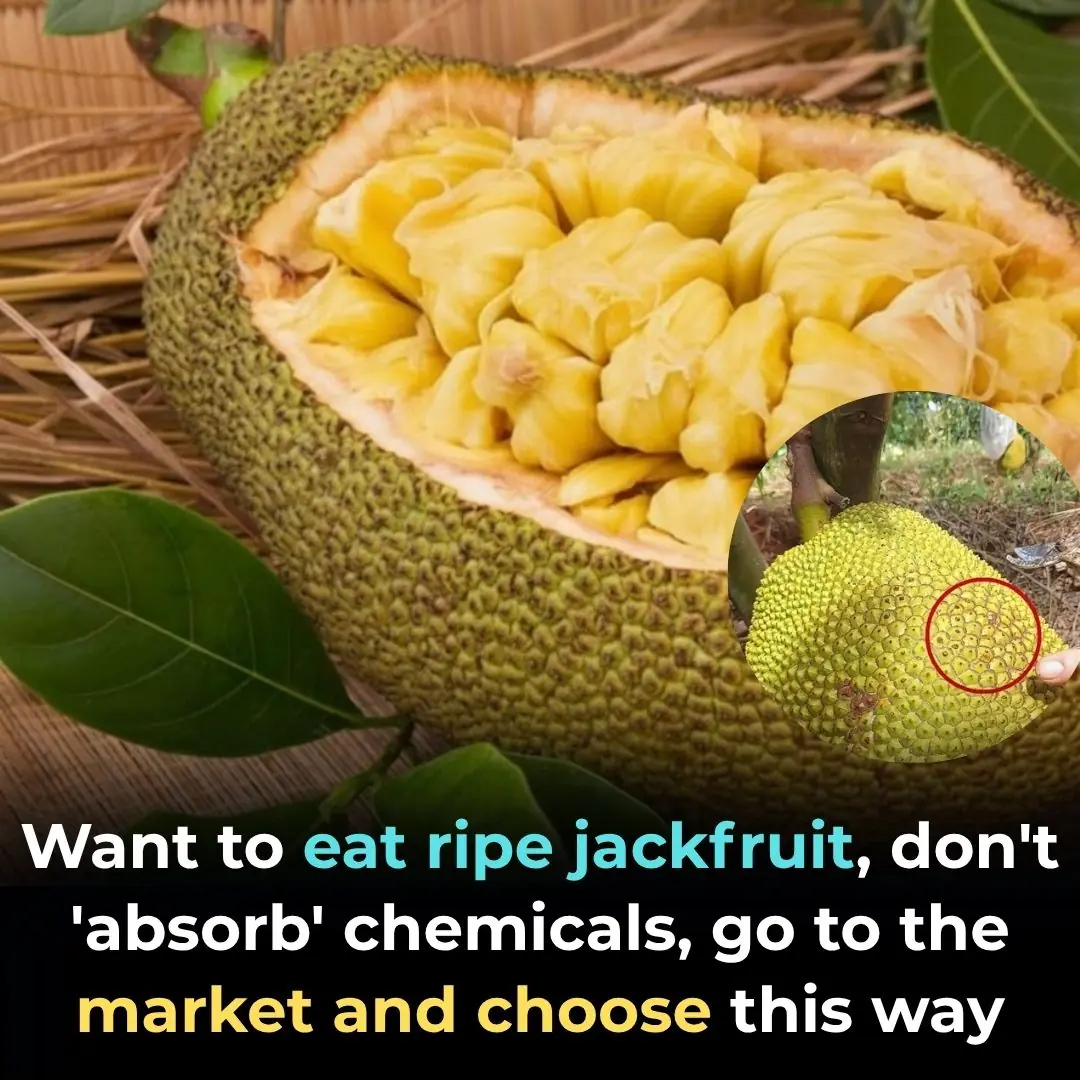
Want to eat ripe jackfruit, don't 'absorb' chemicals, go to the market and choose this way

Steamed Tam: Put this water in, the heart will turn red later, the meat will be firm and flavorful.

Clean the fan by removing the frame, use this machine and the fan will automatically remove all dirt in 5 minutes.
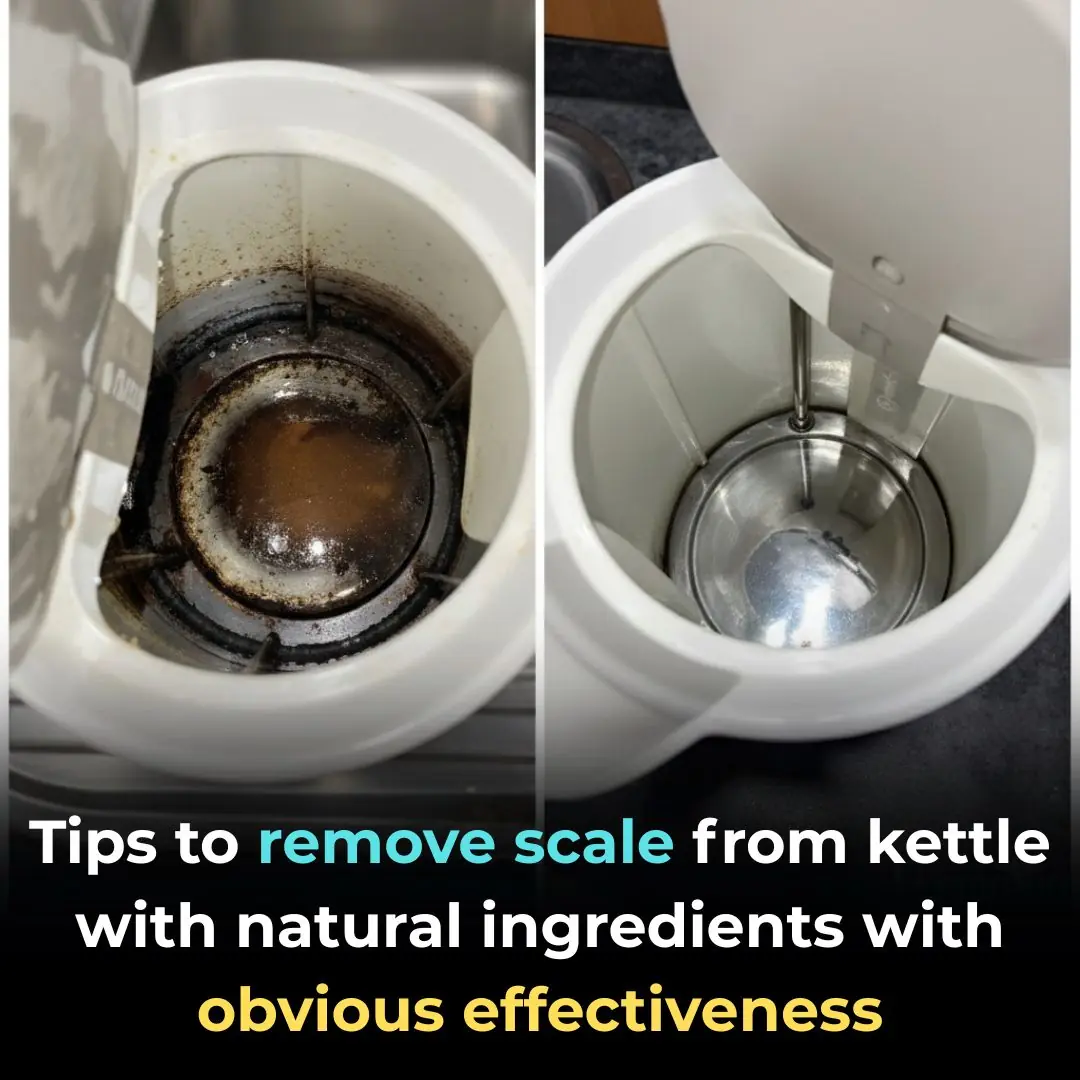
Tips to remove scale from kettle with natural ingredients with obvious effectiveness

How to Reduce Freckles for a More Even and Radiant Skin Tone
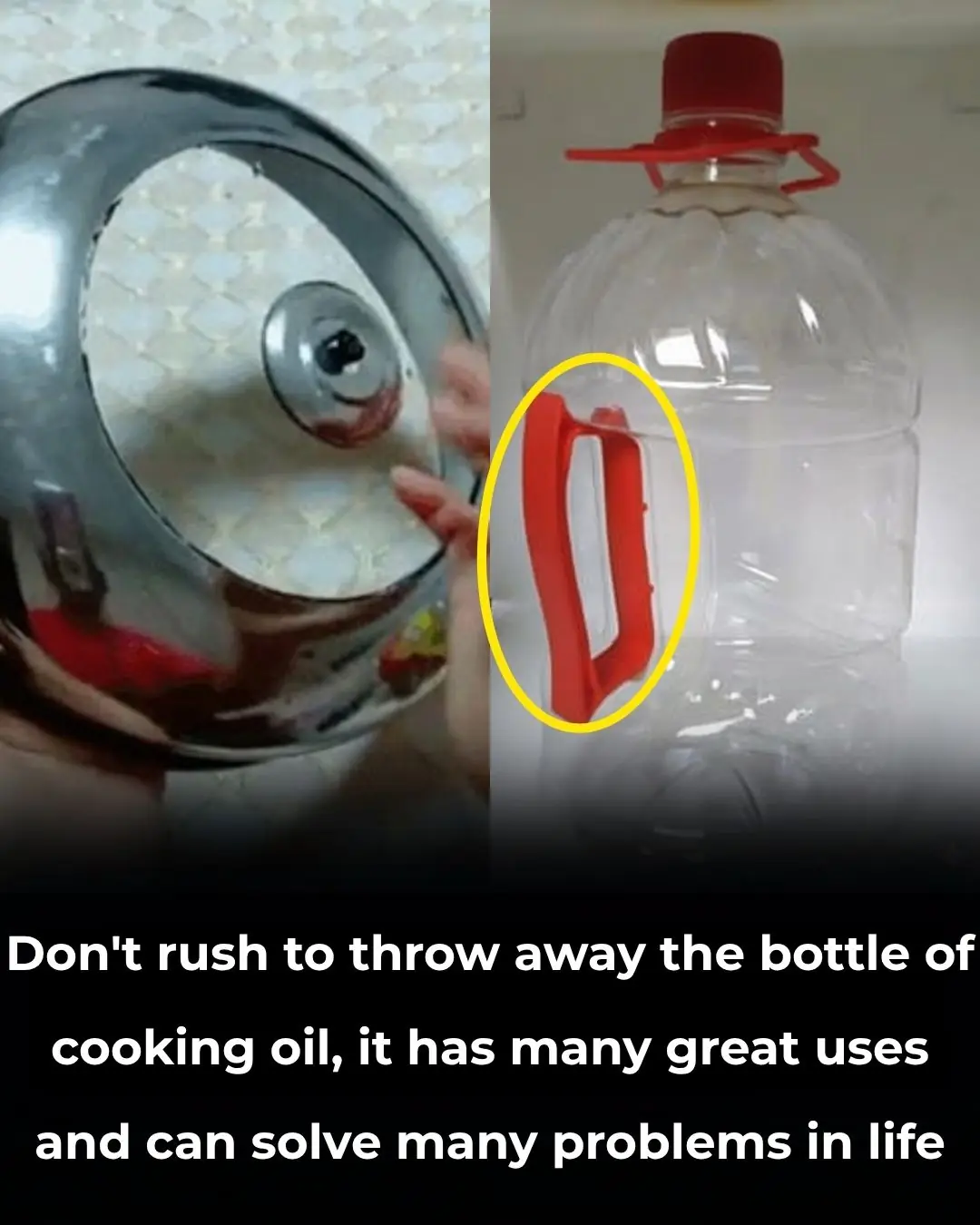
Don’t Throw Away the Handle of Your Used Cooking Oil Bottle — It Has Many Surprising Uses in Everyday Life

Pour essential oil into white vinegar, solve the biggest problem in the house, many people regret not knowing
News Post

Don’t Eat Tofu Right After Buying It — Freeze It First for a Magical Effect: You’ll Wish You Knew This Sooner

Pour This Liquid Into the Drain – The Unpleasant Odor in Your Bathroom Will Quickly Disappear
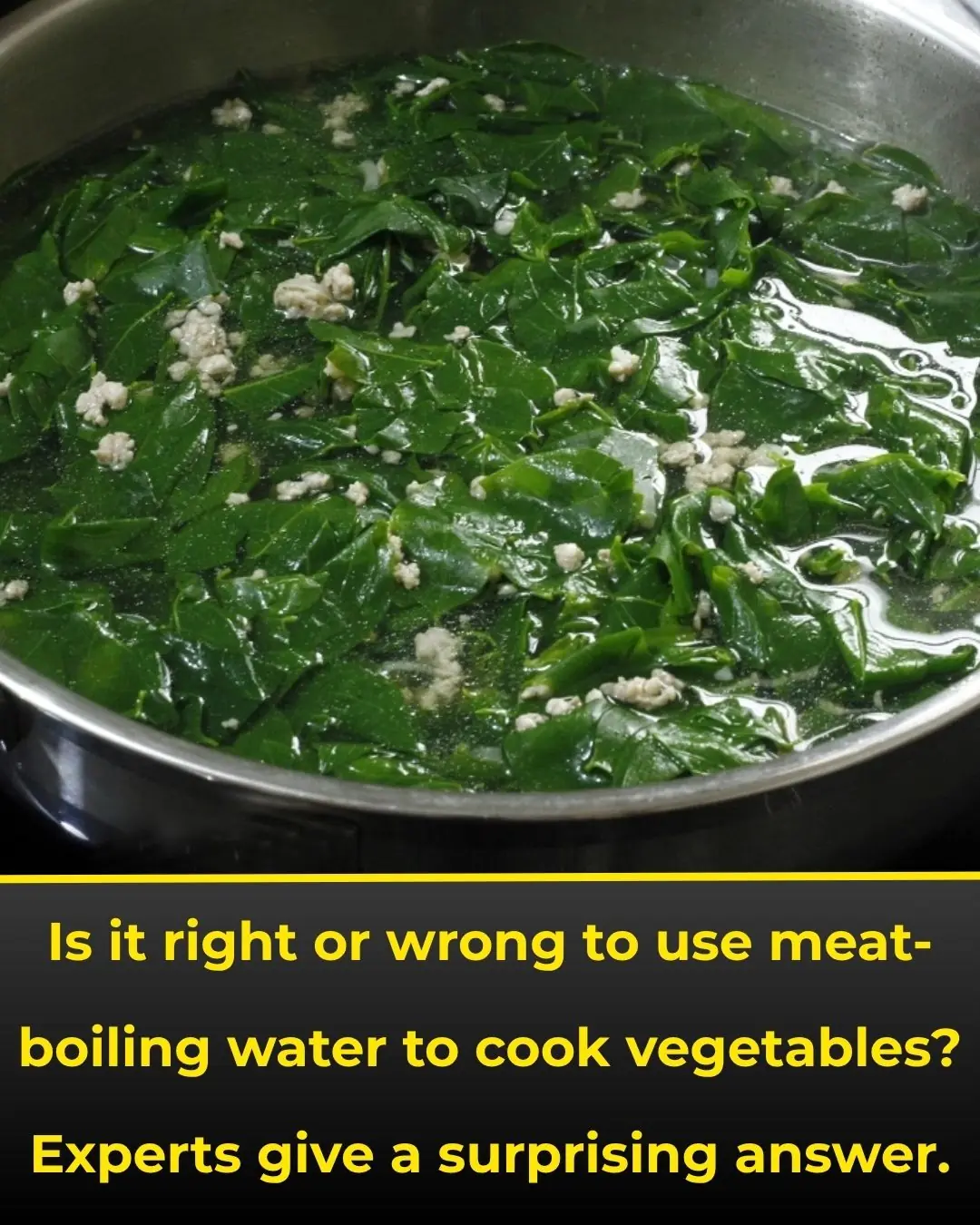
Is It Safe to Use Meat Broth for Cooking Vegetables? Nutrition Experts Give a Surprising Answer

8 Plants Snakes Hate: Grow These Around Your Home to Keep Them Away Naturally
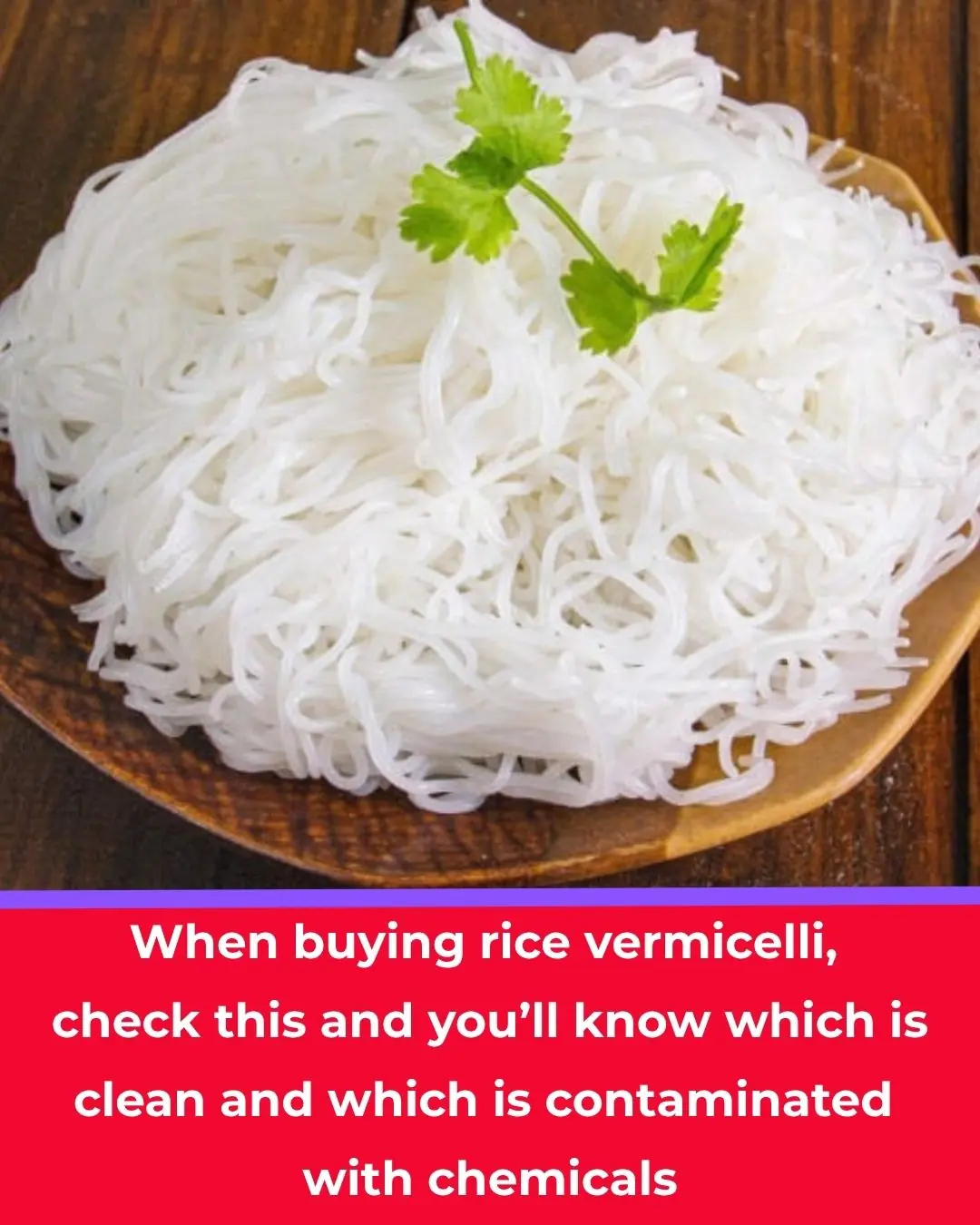
How to Tell If Your Rice Noodles Are Safe — The Simple Clue That Reveals Hidden Chemicals

The 3 Golden Times to Drink Green Tea — Boosting Both Health and Beauty

Get Rid of Termites in Wooden Doors Easily – Keep Your Wood Beautiful for 10 Years
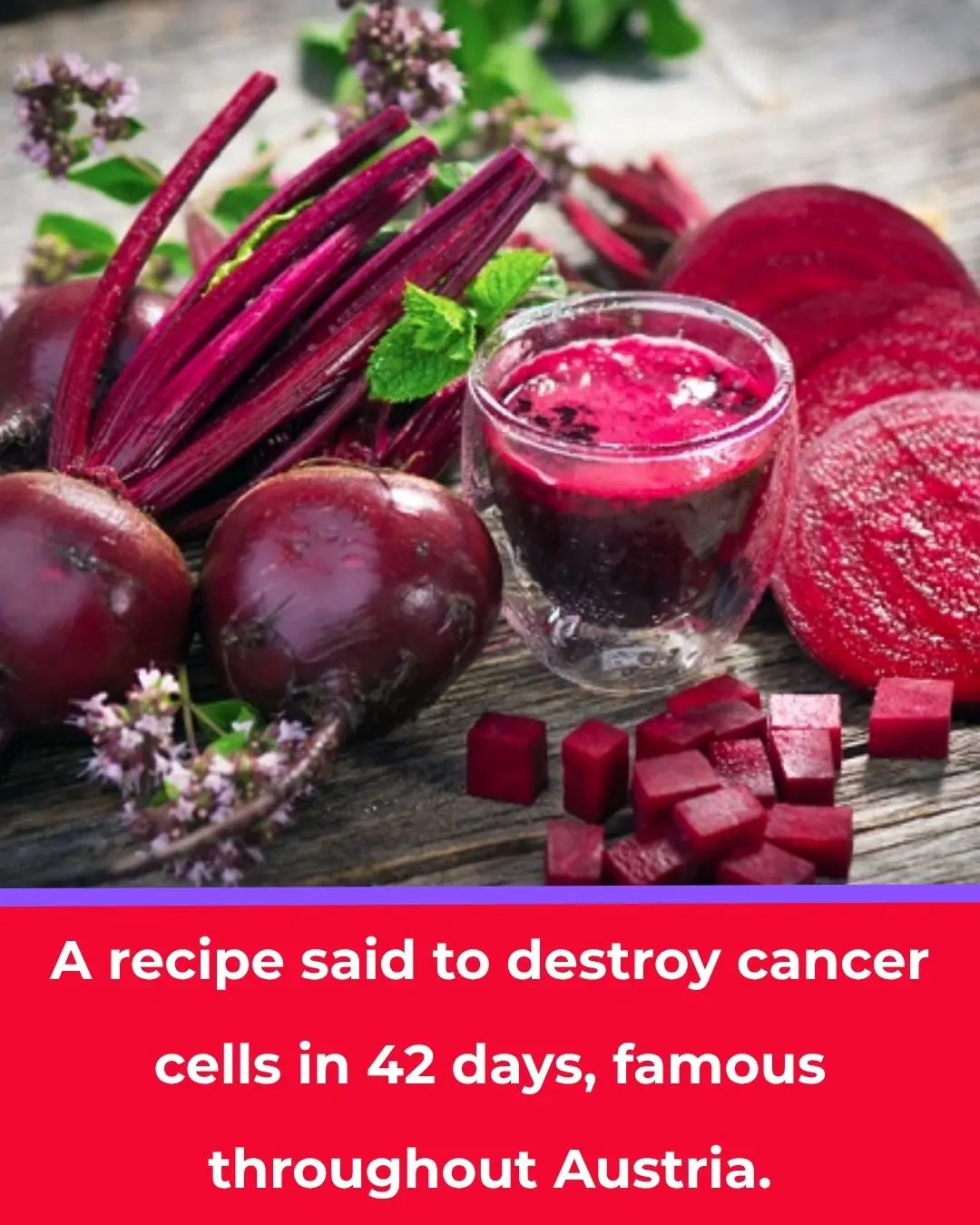
The Famous 42-Day “Breuss Juice” Diet from Austria: Origins, Recipe, and What Science Says

What you see reveals your personality
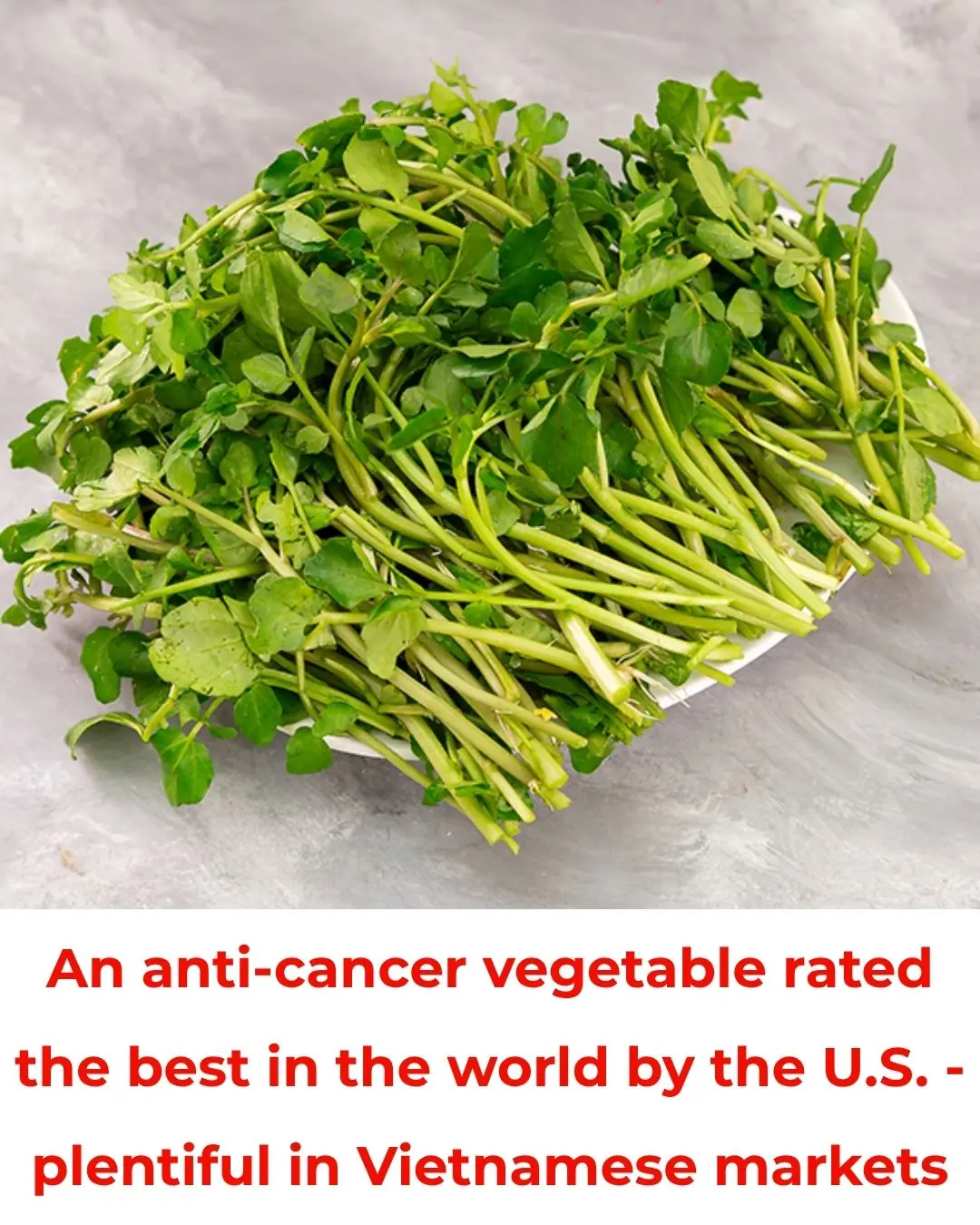
The World’s Healthiest Vegetable, Rated #1 by the U.S. CDC — and It’s Abundant in Vietnam

What Really Happens When You Drink Coffee Every Morning

What Happens When You Eat 3 Whole Eggs Every Day…You’ll Be Surprised What It Does To Your Body!
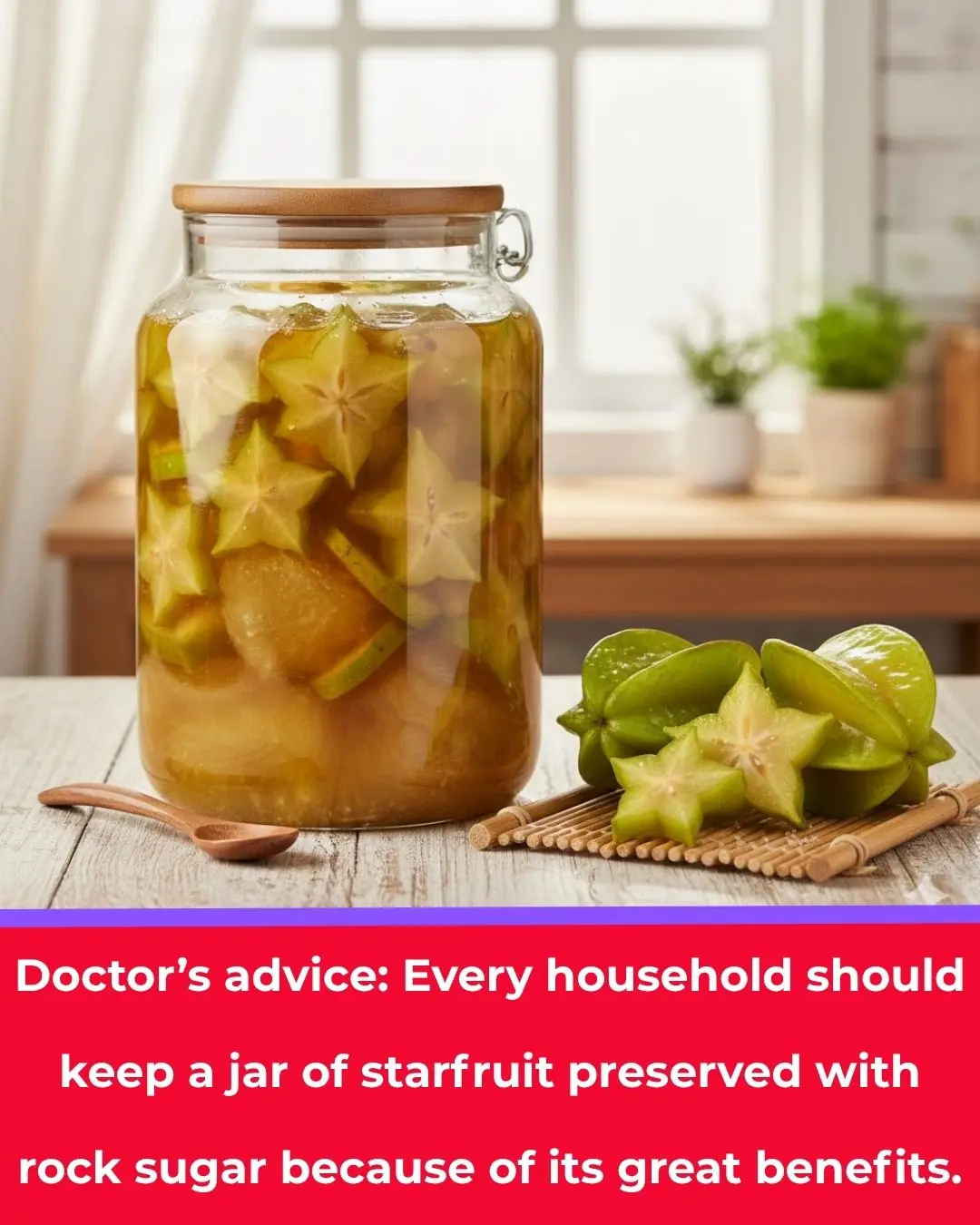
Why Your Neighbor’s Jar of Starfruit in Rock Sugar Might Be a Hidden Health Remedy
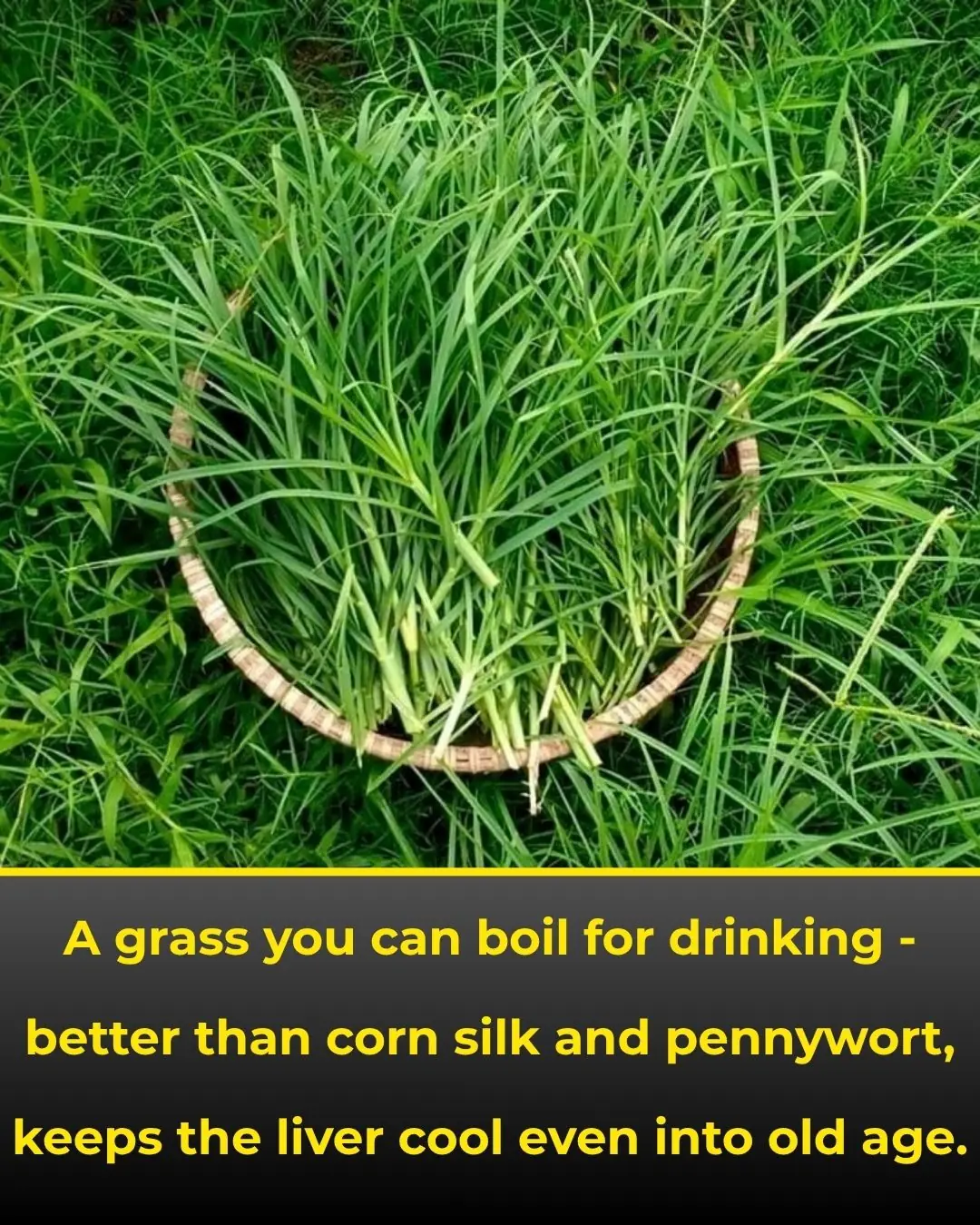
The Medicinal Properties of Eleusine indica (Goosegrass) in Traditional and Modern Medicine

This Is What Happens To Your Body The Day You Stop Eating Bread

‘This Man Can’t Do Nothing Right’: Jonathan Owens’ Steamy On-Field Video with Simone Biles Has the Internet Divided as Fans Rush to Their Defense

Serena Williams Becomes Part Owner of Canada’s First WNBA Team, Toronto Tempo

Meet The Woman Who Single-Handedly Preserved Over 30 Years Of TV History

14 Symptoms of Liver Damage You Need to Know
